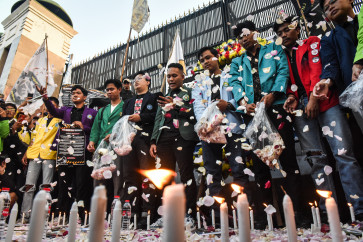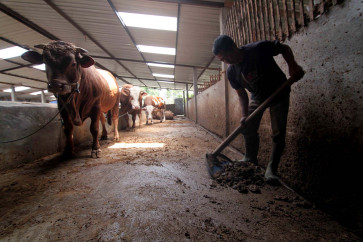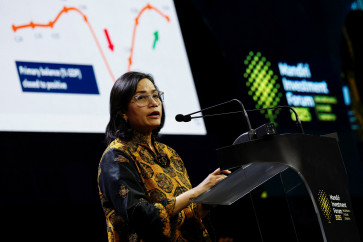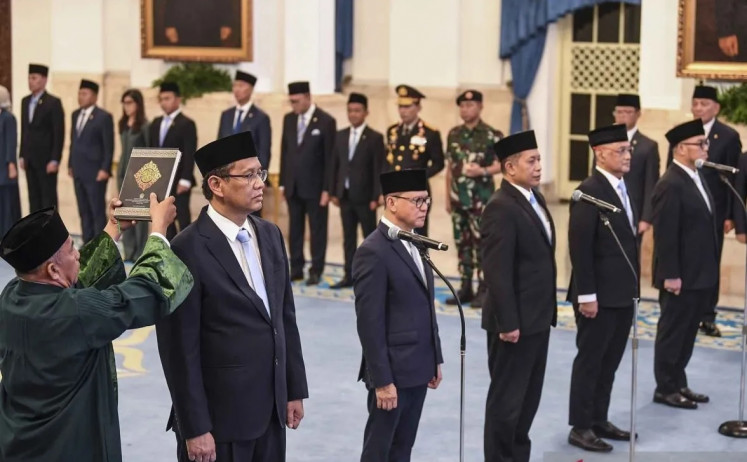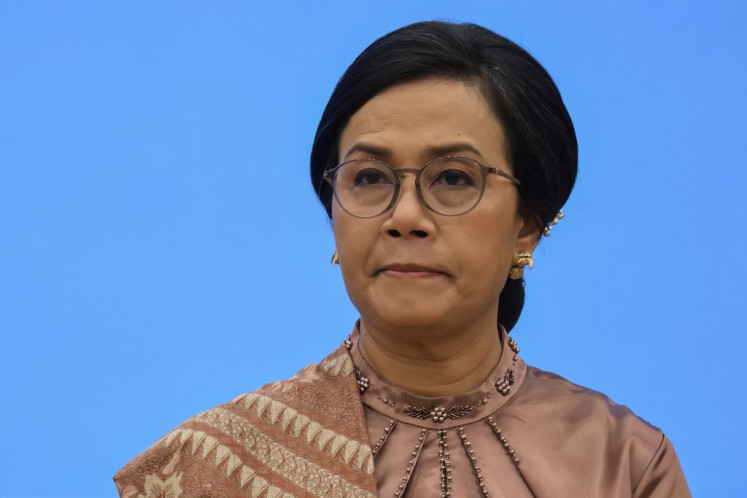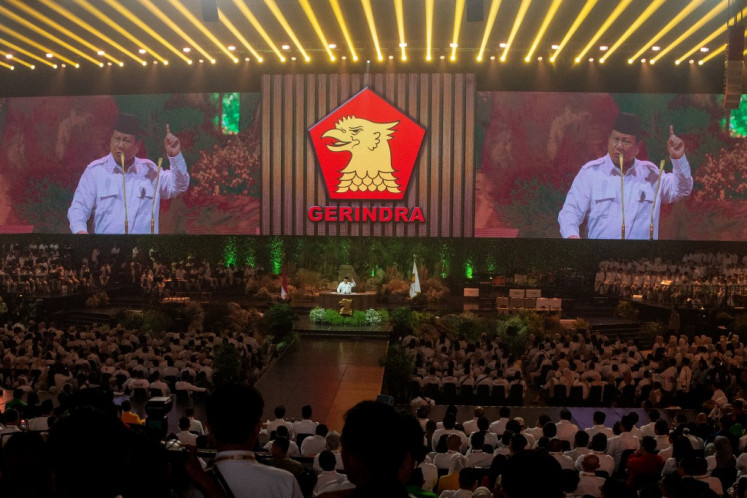Popular Reads
Top Results
Can't find what you're looking for?
View all search resultsPopular Reads
Top Results
Can't find what you're looking for?
View all search resultsInnovative films go beyond borders
Displaced: A scene from Approved for Adoption, denoting how the Belgian bureaucracy classifies Asians
Change text size
Gift Premium Articles
to Anyone
Displaced: A scene from Approved for Adoption, denoting how the Belgian bureaucracy classifies Asians. Courtesy of Europe on Screen
Two films featuring innovative storytelling will hit Jakarta today as the film festival Europe on Screen proceeds into its fifth day.
Both of these films strive to prove that cinema is an international language, that a story from material in a faraway country can touch audiences oceans away.
Take Laurent Boileau and Jung Henin's Approved for Adoption for example, a French animated film with English subtitles that chronicles the journey of an adopted boy from South Korea living in Belgium.
The film is a partial autobiography of the filmmaker Jung's own journey as a young boy. At the start of the film he is alone in Seoul, meditating on his past ' about how he was found by a police officer while wandering the streets of Seoul as an orphan. Abandonment is a permanent condition for him.
Jung was one of 200,000 South Korean kids living in an orphanage awaiting adoption by foreign parents. Finally, he was adopted by a Belgian family and arrived in the country when he was 5.
The film's French title, Couleur de Peau: Miel, literally translates to 'color of skin: honey', denoting how the Belgian bureaucracy classifies Asians.
For the orphan Jung, identifying himself as a honey-skinned boy gives him a sense of identity that he didn't have before. But on the other hand, the categorization is racist and belittling.
Approved for Adoption blends live-action documentary and fiction-animation. Early in the film, real-life footage of Jung's Belgian family is shown, before the narrative becomes completely animated.
As a child, Jung often denies his identity. He is embarrassed that he is not white like the people around him. He is also embarrassed that he is Korean and disguises himself as Japanese, drawing manga of himself as a Japanese soldier and practicing karate in his room every day.
Through Jung, we see a complex psychology of someone displaced from his origin at an early age. When he returns back to Seoul to search for his biological parents, he also feels an alien.
'I don't feel at home at Europe yet I feel strange being in Seoul,' thinks Jung as he walks the streets of the city of his birth.
Jung is a gifted cartoonist from whose comic the film is based.
'Drawing frees my imagination. I can draw the figure of my mother according to my liking, for example. It opens me a door to be one step closer to my origin,' says a voice-over by Jung in the film.
The narrative of the film is itself a representation of the globalization of movies. Moreover, Approved for Adoption is a co-production of four countries: Belgium, France, South Korea and Switzerland. It intimates that nation-states no longer confine the creativity of filmmakers in delivering their stories.
Another international storytelling effort showing at Europe on Screen is Blancanieves, which reimagines the Brothers Grimm tale of Snow White in the bullfighting culture of Spain.
Using the classic story as its source, Blancanieves is a silent film, joining the likes of the Oscar winner The Artist (2011) as a return to the genre.
Blancanieves marks the end of the director Pablo Berger's nine-year hiatus from filmmaking.
The film centers on Antonio Villalta, a famous matador who falls ill after a tragic accident occurs during one of his bullfights and his wife dies in childbirth.
Witnessing the tragedy, an evil nurse (played by the flamboyant actress Maribel Verdú, who starred in the 2001 Mexican hit Y tu Mamá También) enters the household and marries the now-rich-widower Villalta to seize the family's wealth.
She imprisons Villalta in a room and keeps him sick. She also prevents Villalta's daughter from seeing her father.
After Villalta dies, the evil nurse casts the daughter into exile, where she is given shelter by a band of bullfighting dwarves.
As a film, Blancanieves is a fresh re-imagining of the silent film genre for contemporary audiences. Berger smartly uses rapid cuts that combine close-ups and other shots, reminding us of the techniques used by silent film geniuses like Eisenstein and Dovzhenko.
Berger cuts the film with Spanish traditional music to drive the tempo. The result is an art house cool that might make moviegoers forget there is no dialogue.
Blancanieves is another example of imported source material fitting into a local culture and becoming accessible to international audiences.
For its innovative form and story, Blancanieves has won 37 awards and has been nominated for 37 others around the globe. Film critic Sarah Nicole Prickett of The Globe and Mail hailed that Berger had successfully married poetry with film.


